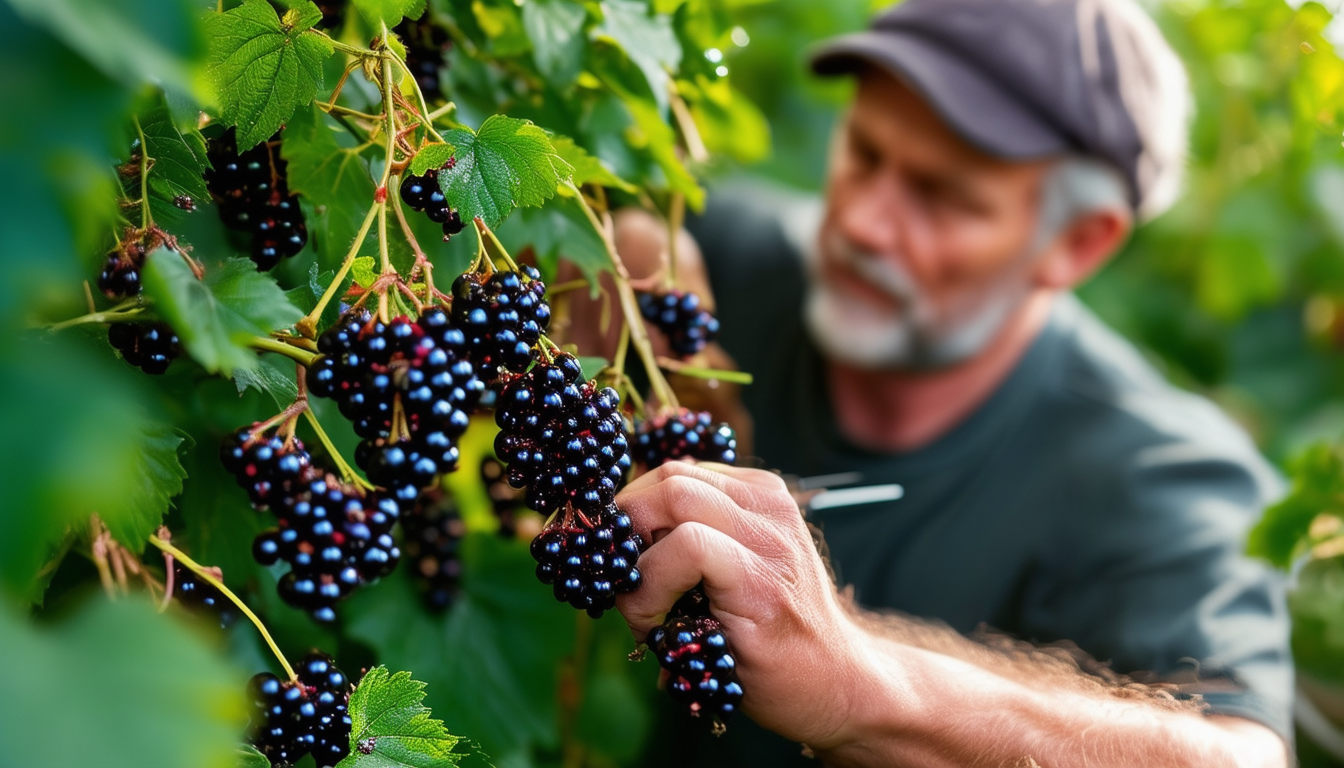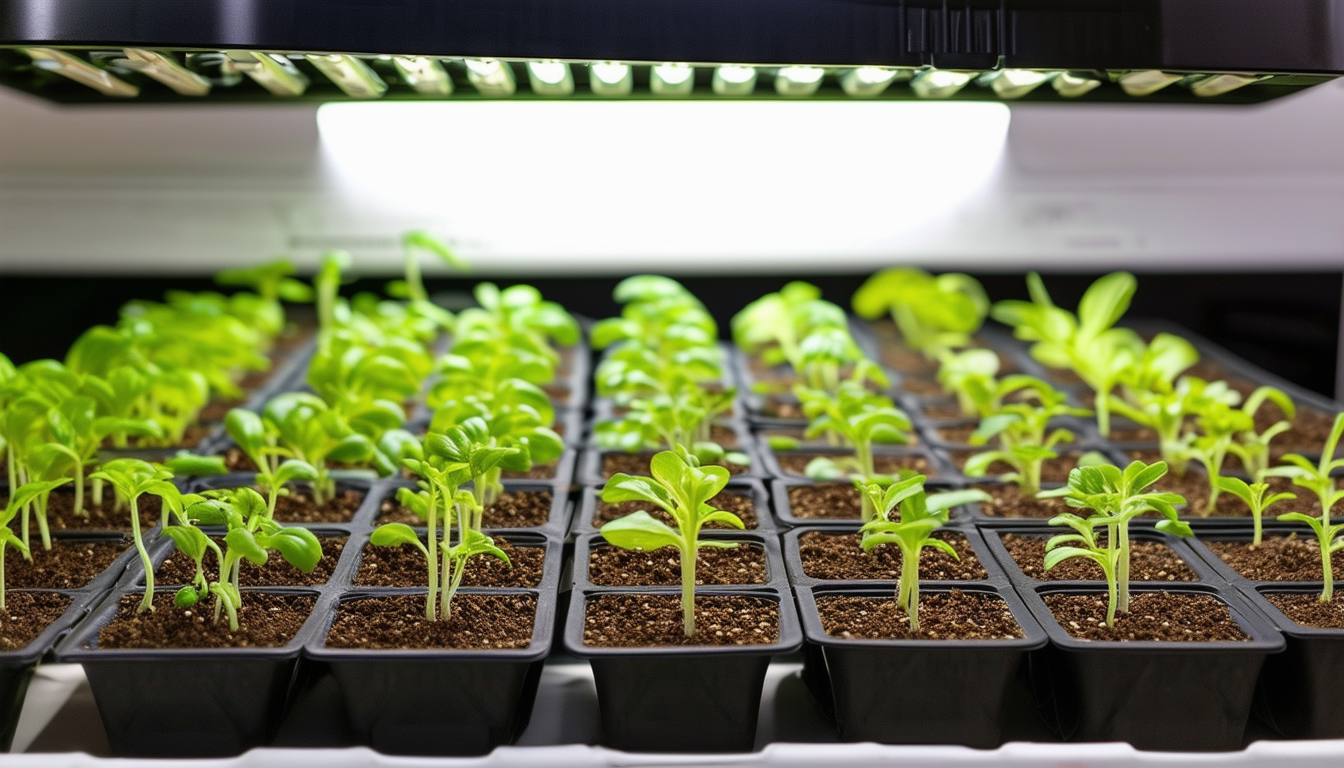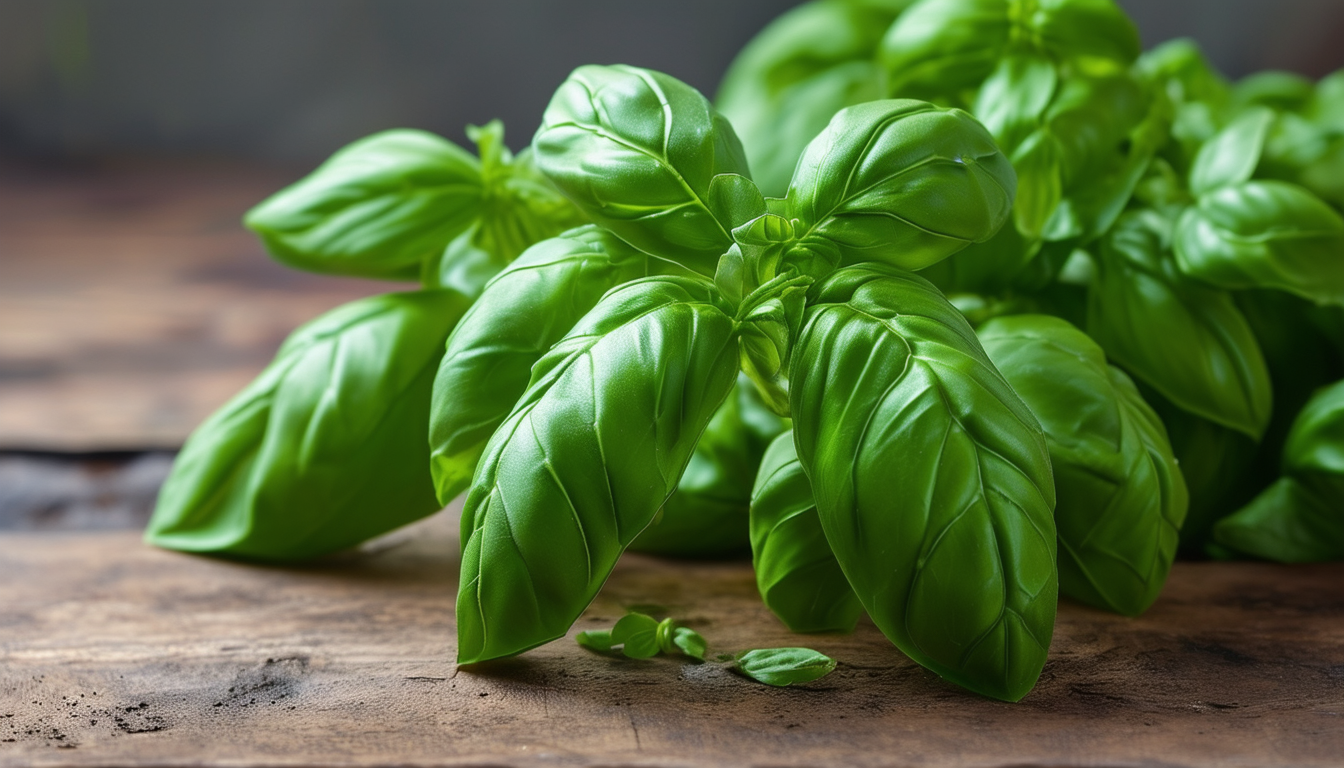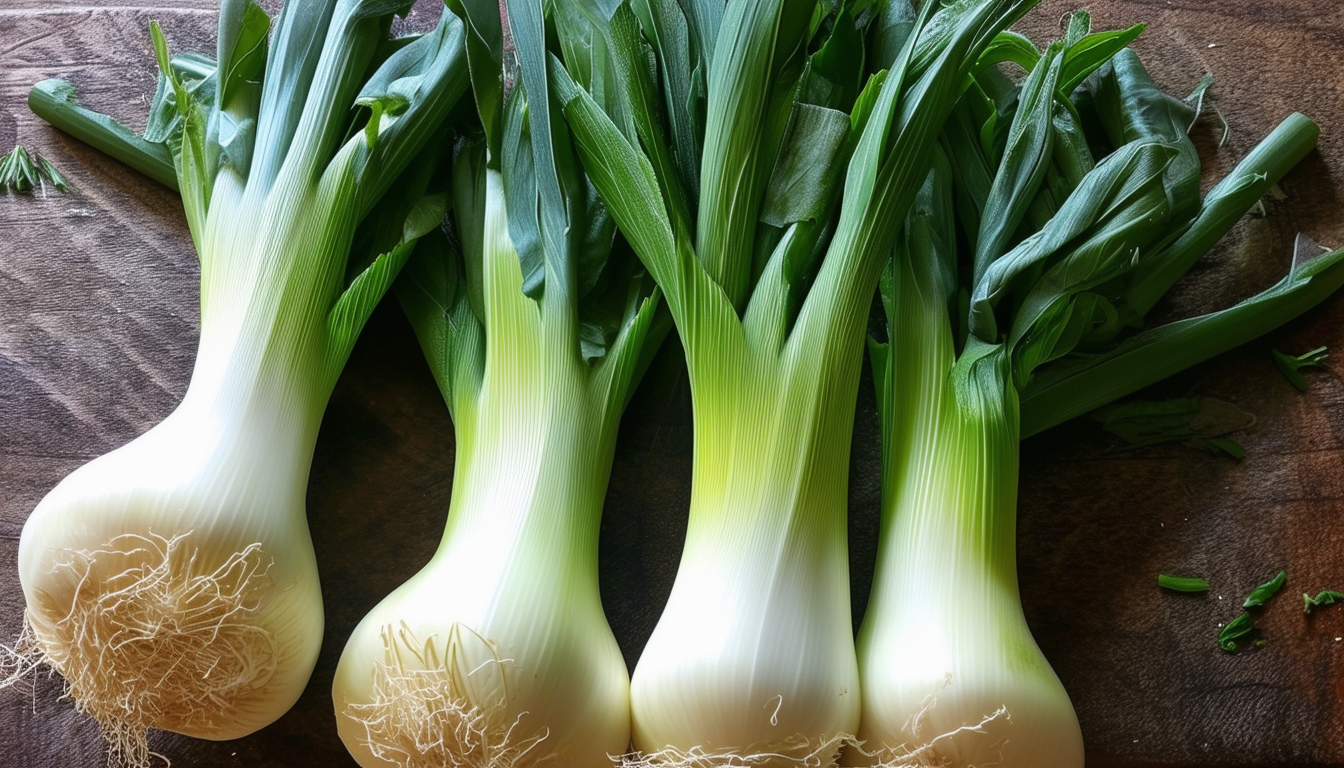
Unlock the secret to a bountiful blackcurrant harvest with expert pruning techniques!
Understanding the Importance of Pruning Blackcurrant Bushes
Pruning blackcurrant bushes is a critical practice to ensure the health and productivity of the plant. By removing old and dead wood, you promote new growth, which is essential for a good yield. Pruning also enhances air circulation within the bush, reducing the risk of fungal diseases.
Regular pruning helps maintain the shape and size of the bush, making it easier to manage and harvest. Moreover, a well-pruned bush will have better access to sunlight, which is crucial for the development of sweet, juicy blackcurrants.
The Best Time to Prune Your Blackcurrant Bushes
The ideal time to prune blackcurrant bushes is during the dormant season, which typically falls in late winter to early spring. Pruning during this period minimizes stress on the plant and allows it to recover before the growing season begins.
Avoid pruning during late spring or summer as this can interfere with fruit production and leave the plant vulnerable to pests and diseases. Instead, focus on annual maintenance pruning during the dormant season to keep your blackcurrant bushes in top condition.
Essential Tools You'll Need for Pruning
To effectively prune blackcurrant bushes, you'll need a few essential tools. A pair of sharp, clean pruning shears is crucial for making precise cuts without damaging the plant. Additionally, a pair of loppers can be useful for cutting through thicker stems.
Wearing gardening gloves will protect your hands from thorns and rough bark. It's also a good idea to have a disinfectant on hand to clean your tools between cuts, reducing the risk of spreading disease.
Step-by-Step Guide to Pruning Blackcurrant Bushes
1. Start by inspecting your blackcurrant bush for any dead, diseased, or damaged wood. These should be removed first to prevent the spread of disease and promote healthy growth.
2. Next, identify and remove about a quarter of the oldest stems at the base. These older stems are less productive and can hinder new growth.
3. Thin out any crowded areas by removing weaker stems. This improves air circulation and sunlight penetration, which are essential for a healthy bush.
4. Trim back any remaining stems to shape the bush and maintain its size. Aim for a balanced, open structure that allows for easy access during harvesting.
5. Clean up any debris around the base of the bush to reduce the risk of pests and diseases.
Common Mistakes to Avoid When Pruning
One common mistake is pruning too much at once, which can stress the plant and reduce fruit production. It's better to remove a quarter of the old stems each year rather than cutting back all at once.
Another mistake is using dull or dirty tools, which can damage the plant and spread disease. Always use sharp, clean tools for the best results. Lastly, avoid pruning during the growing season, as this can interfere with fruit development and leave the plant vulnerable to pests and diseases.



